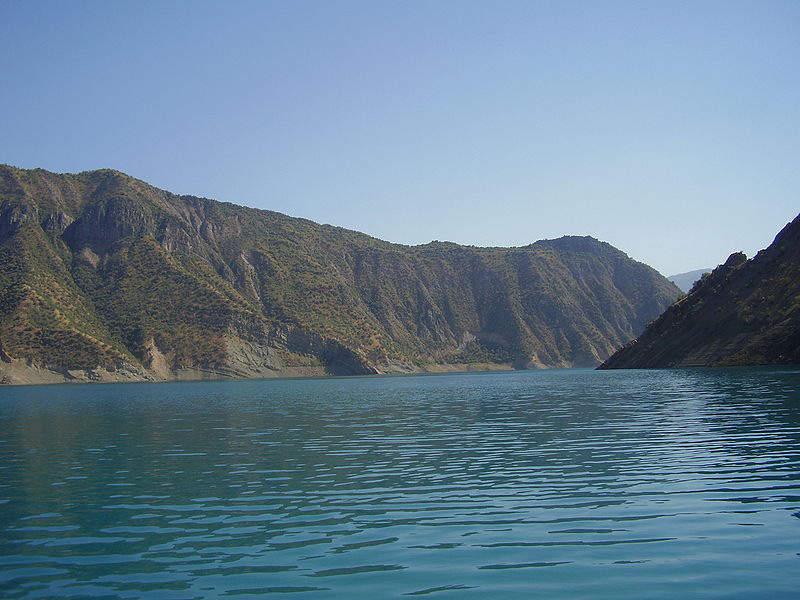Rogun Hydropower Plant in action and Tajikistan’s energy needs Blessing or curse?
In January 2024, the Tajikistan government announced its plans to commission the third hydraulic power unit of the Rogun hydropower plant (HPP) in 2025. While the dam is set to be the world's tallest, its construction has raised several uncomfortable questions. Can Tajikistan, the poorest Central Asian country, complete and make it fully operational by the next year without major obstacles? Investors are concerned that the government may struggle to service its debt. The World Bank, initially against the project, now sees the government's determination with two turbines already operational. However, the project's future remains uncertain.
In March 2024, a delegation of World Bank Group directors concluded their tour of Central Asia, stopping at the partially operable Rogun Hydropower plant. The visit culminated previous World Bank commitments to the project and the country that faced major hiccups in the decades leading up to the first generator being brought online in 2018.
According to a recent assessment by the World Bank, the Rogun HPP project has the potential to deliver substantial economic, social, and environmental benefits for Tajikistan and other countries in the Central Asia region. If developed in a financially, environmentally, and socially sustainable manner, the power station, with its expected capacity of 3,600 MW, could become the largest hydropower plant in Central Asia. Post-commissioning, the Rogun HPP is projected to generate an annual electricity output ranging from 13 to 17 billion kilowatt-hours, a significant boost to Tajikistan's energy production.
However, the dam project has been criticized heavily by environmental and human rights groups. On the other hand, landlocked countries like Uzbekistan have expressed concerns regarding the potential impact of the dam on the region's main water resources. The landlocked Central Asian region has recently witnessed deepening problems with water resources and their management.

Despite the ongoing criticism and concerns, the Rogun HPP project holds immense significance for Tajikistan. As an economically underdeveloped country situated in challenging terrain, Tajikistan relies on the Rogun HPP to fuel its burgeoning industrial sector. The country's aim to export more power to neighboring countries like Afghanistan and Kyrgyzstan underscores its strategic energy ambitions. If the Rogun dam becomes fully operational, Tajikistan could potentially transform into a major regional energy producer and exporter, significantly enhancing its regional geopolitical weight.
However, some argue that from a market point of view, the dam has many problems. It won't make enough money from the domestic market to pay off the Eurobond, as Tajikistan has the lowest power tariffs in all of Central Asia, and there is only one industrial customer in the country that demands a lot of power—the Talco aluminum plant. Nevertheless, if the government manages to arrange sustainable energy exports to Pakistan and Uzbekistan, it may receive more financial dividends.

Therefore, the Tajikistan authorities want to make the Rogun project look more attractive for additional foreign investments. For example, in 2023, the Saudi Fund for Development signed a loan deal worth $100 million with Tajikistan, marking a major milestone in construction. Even so, the recent statements from Tajik officials suggest that the country is still struggling with financial resources to finish the project.
Hence, in mid-2022, the Energy Ministry announced that $5 billion would be needed for the entire project implementation, while on February 1, Energy Minister Daler Juma offered a new forecast: $6.2 billion. Consequently, the country experiences budgetary problems and delays. Moreover, the 2 per cent rise in population in 2023 also increases domestic consumption volumes. Therefore, Tajikistan seeks to complete or at least make Rogun nearly operational to tackle troubles at home and abroad and make the country more profitable in terms of foreign investments.








